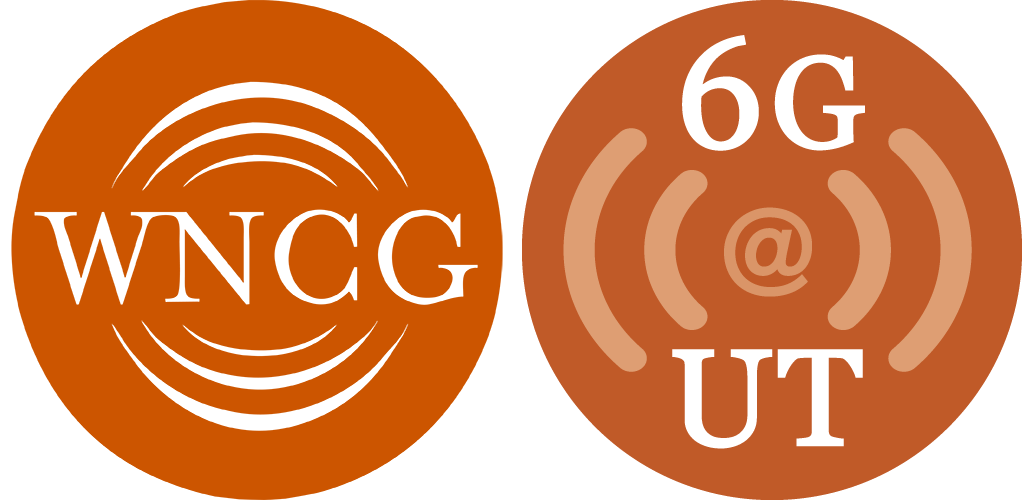Modern communication systems rely on multiple antennas that enhance the performance of network links using a series of techniques known as Multiple Input Multiple Output (MIMO). However, new technology is needed to meet the demands of a rapidly increasing number of wireless devices and enable the next generation of cellular systems. Known as Massive MIMO, this adaptation of traditional MIMO techniques presents challenges to research and development teams worldwide.
“Massive Multiple-Input, Multiple-Output is an exciting area of 5G wireless research,” Senior Product Marketing Manager with National Instruments, Erik Luther, states. “For next-generation wireless data networks, it promises significant gains that offer the ability to accommodate more users at higher data rates with better reliability while consuming less power.”
Unfortunately, according to WNCG Alumnus Dr. Karl Nieman, most demonstrations of the promise of this technology have been purely theoretical. Current models built to test this technology are either not in real-time, are proprietary, or both.
Through his recent work in collaboration with National Instruments and Sweden’s Lund University, Dr. Nieman undertook this design challenge, which fueled both his dissertation and his future career path.
“In this project, we dared to undertake the task of building a real-time Massive MIMO testbed using off-the-shelf hardware and software,” Dr. Nieman states.
To meet current LTE standards, only about eight antennas are required at each base station. On the road to creating 5G standards, Massive MIMO seeks to significantly increase the number of available antennas, sometimes by as much as hundreds.
Dr. Nieman’s collaboration resulted in the development of the first 100-antenna Massive MIMO base station model. With Massive MIMO considered an integral part in creating future cellular standards, the development of the first, working 100-antenna base station model represents a triumph for the field.
“A real system operating in real time allows researchers to test theory and allows great insight for algorithm development with real-world and real-time constraints,” Dr. Nieman states. “The results will not be as good as predicted—they never are—but the true question is how bad they will be. This is a fundamental question we hope to answer to design actual deployed systems.”
According to Dr. Nieman, the key challenges facing the development of Massive MIMO involve dramatically scaling data rates and interfaces, synchronizing large numbers of radio frequency chains and minimizing time delays within signal paths to take advantage of channel reciprocity.
“The system design challenges facing Massive MIMO make the math and signal processing look easy,” Dr. Nieman states. “In the future, I hope to continue scaling down and improving this MIMO solution for widespread deployment.”
Dr. Nieman performed this research during his graduate studies with WNCG, where he partnered with National Instruments on several projects. In exchange, the WNCG Industrial Affiliate provided equipment donations and funding to help support his research goals. Dr. Nieman now works for the company as a Wireless Platform Architect, where he serves as a bridge between industry and academia to help fuel National Instruments’ product development.
“National Instruments provided excellent support and helped me work through challenges in my research,” Dr. Nieman states. “The icing on the cake is they are a short drive away from the UT campus. I made a number of trips there for presentations and demonstrations. The collaboration was highly symbiotic and both sides benefited greatly from this engagement.”
Collaborators in the research study included National Instruments researchers Ian Wong and Nikhil Kundargi, Lund University Professors Fredrik Tufvesson, Ove Edfors, Viktor Owall and Liang Liu, as well as Lund University students Joao Vieira and Steffen Malkowsky. The 100-antenna prototype was exhibited during IEEE GLOBECOM 2014, held just blocks away from UT Austin and chaired by WNCG Profs. Jeffrey Andrews and Robert Heath.
During his time at WNCG, Karl Nieman was advised by Prof. Brian Evans.
For more information on the 100-antenna prototype, read:

